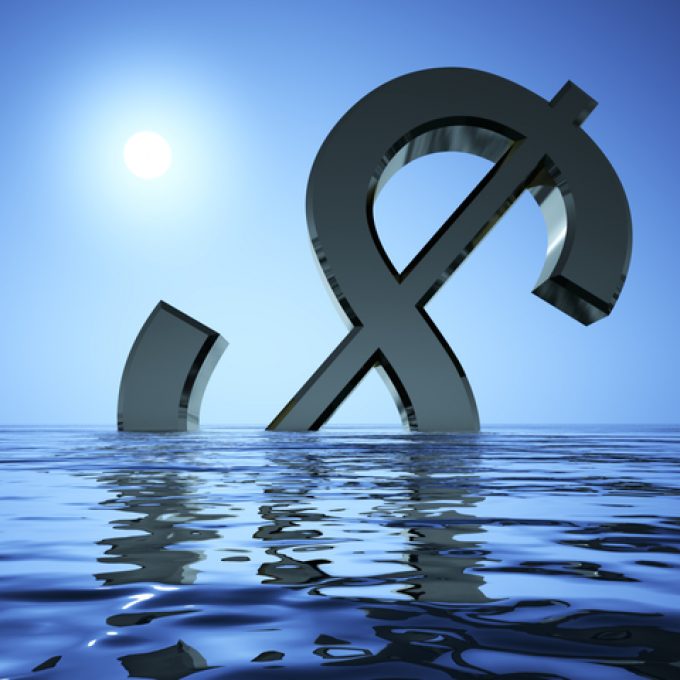Maersk paying $100,000 a day to charter scarce post-panamax box ships
Maersk Line is being forced to pay a premium to secure scarce chartered tonnage for ...

Containership owners are increasingly concerned that an historically high orderbook will have a negative effect on their bottom lines.
A lengthy list of newbuildings is due to be delivered in the next two to three years, while benchmark time-charter rates have plunged 80% in the past two months.
Nevertheless, new charters are still being agreed at daily hire rates of about twice that achieved before the pandemic.
Moreover, NOOs (non-operating containership owners) have significant revenue backlogs from unexpired long-term charters with liner companies.
Greece-based ...
Volcanic disruption at Anchorage could hit transpacific airfreight operations
Macron calls for ‘suspension’ – CMA CGM's $20bn US investment in doubt
De minimis exemption on shipments from China to the US will end in May
Forwarders stay cool as US 'liberation day' tariffs threaten 'global trade war'
Mixed response in US to 'Liberation Day', while China leads wave of retaliation
Trump tariffs see hundreds of cancelled container bookings a day from Asia
Tariffs and de minimis set air freight rates on a volatile course

Comment on this article